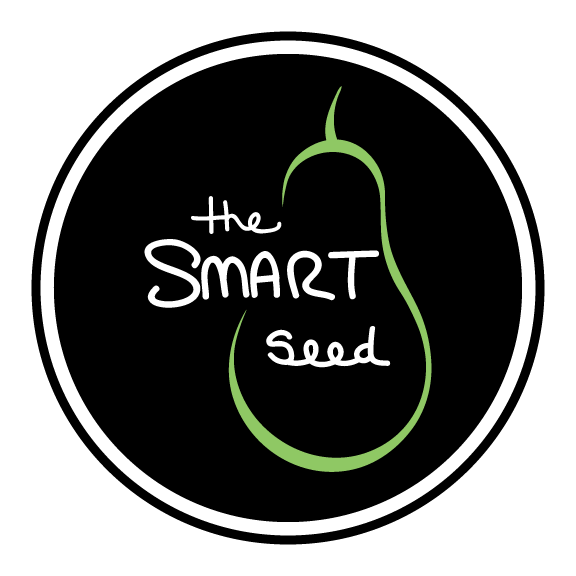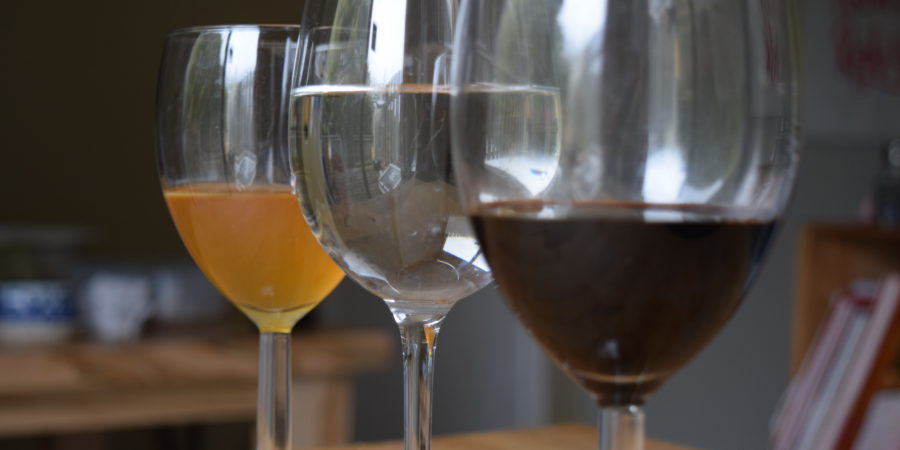Podcast: Play in new window | Download (Duration: 9:07 — 8.3MB) | Embed
Subscribe: Apple Podcasts | Android | Email | Stitcher | RSS | More
I’m indifferent. I guess that is the best word I have, and, surely, it can be argued that this is the worst type of being. To have no passion, no hate, no love, no opinion of one thing or another. To simply be uninterested, so much so, that you care not to know. Actually, there is no “care”–it just is what it is. I am rarely indifferent. Throw a topic out there and some type of emotion will wither its way out of me: Climate Change, United States Foreign Policy, NAFTA negotiations, Tax Reform, the supply-management system, French only signs in Quebec’s National Parks, the Saskatchewan Roughriders. Oh, yes, there is deep hatred for that one. If you name it I can definitely sort out an opinion.
I can state, ever so matter of factly, that there is no greater indifference than the indifference that U.S Sports broadcasters on ESPN or TNT have towards the Toronto Raptors. To be up front, NBA Basketball and the Toronto Raptors is my primary form of escapism. For a year now, I have fully committed myself to being a true and knowledgeable fan. Last year, I rarely missed watching a game. I kept the computer on while they went through that dreadful stretch from February to March. I learned to appreciate as they fell behind by twenty points and then pushed out the young guys to try to provide a spark. Sure there’s Kyle Lowry and Demar Derozan, but I was interested in the folks on the bench like Delon Wright, Pascal Siakam, Jakob Poeltl, and Fred VanVleet. Instead of paying the exorbitant prices to watch a Raptors game we hung around young families and watched a D-League Game in Mississauga. I started watching interviews with the players, the general manager, Masai Ujiri, and the coach, Dwane Casey. I stayed up to date during the offseason keeping track of who was being traded to whom and the implications those trades and others had on the league itself. Through all this time I realized one thing–the US was indifferent to the Raptors.
I would watch Inside the NBA on TNT with Charles Barkley, Kenny Smith, Ernie Johnson, and Shaquille O’Neal. Whether it be through the regular or post-season the Raptors were just a footnote–an obligatory mention. They would spend more time, much more time, talking about teams who weren’t nearly as good or consequential to the season itself. And, when they did mention the Raptors they only ever talked about Derozan and Lowry, as if they were the only two on the team. Frankly, I think if you asked them to name the Raptor’s roster, they would only know perhaps four or five players. Yesterday, I listened to an in-depth conversation with Masai Ujiri on the US based Bill Simmon’s Podcast. Simmons spent most of the interview asking the Raptor’s General Manager to comment on players outside of the Raptor’s franchise, and then near the end Masai asked, “Have you ever visited Toronto?” Simmon’s responded, “Ah, no, I haven’t.” And, perhaps, that is at the crux of the indifference. Sports teams are so often wrapped up in the cultural identity of the city. What is Regina without the Roughriders or Montreal without the Canadians? If you do not know the city then perhaps it’s harder to care about the team. If we do not attempt to create a relationship if we do not ask the question, “Why should we care?” then what are we missing by choosing to not know. Which brings us to this week’s episode, “The indifference to an always has been, but shouldn’t be, humble liquid.”
When it’s use is often so industrial and so woven in the fabric of our everyday we can often take it for granted. Even more so it can be denigrated; it’s value no longer appreciated, because we do not know what it was like to not have it. I believe that this is such a case. So much so, that I wish not to even say the word, because that alone would make it appear unworthy of our time and attention. So, let’s not say what it is we are talking about. Instead, let’s be introduced to it as if we had never encountered it before.
The act of fermentation can often feel new. In recent years, we’ve been introduced on a corporate scale to products that have come to us from elsewhere, products like Kombucha or Kefir. Yet, there is nothing new about fermentation. I’m sure we could travel to all the nooks and crannies of the earth and find this process of transformation and preservation in use. Fermentation is the process which creates our cheese, yogurt, beer, wine, kimchi, sauerkraut, chocolate, sourdough, and some of our great sauces. Miniscule bacteria that work to transition something into something better. Often elevating the flavours to a place of reverence.
In this case there are two fermentations. Two transformations that take place to create one of the most versatile and multi-dimensional liquids. The first transition is called, alcoholic fermentation. It takes about three weeks for sugar to be depleted and converted into ethanol with the aid of little strains of yeast. The second transition is called, acetous fermentation, in which acetic acid bacteria oxidise ethanol into acetic acid. One of the oldest techniques to create this liquid is called The Orleans Method. In this method fermented fruit juice would be placed in one vessel for a week and then passed through to another vessel where the acetous fermentation would occur. The fermentation only occurs at the surface where there is enough dissolved oxygen to ensure the conversion. The second transition is a slow process and can last between 8 to 14 weeks. It is a complex chemical reaction that absurdly occurred by happenstance.
The earliest known uses were almost all clinical in nature, most definitely because of its antimicrobial properties, a result of the presence of acetic acid. In ancient Greece, Hippocrates recommended it for cleaning ulcerations and treating sores. In the eighth century, Samurai warriors in Japan used it as a tonic for they believed it to give them power and strength. In the 10th century, it was used in China along with sulphur to prevent infection. In the United States, in the 18th century, it was used to treat poison ivy, croup, stomach ache, and high fever. It was a cure for all, used for yourself and your home. As new, quicker methods were created it became a fixture in the mass-production of food. Added to season and preserve, you could find it in our salad dressings, ketchups, canned foods, and sauces. What variant you used depended on where you lived. In southeast asia it could be from coconuts, in Japan from rice, in Austria from fruits, in Italy from grapes, in the United States from grain.
The multitude of variants led to different uses. Some were seen as more culinary in nature, some medicinal, and yet others industrial. It could either be bought in small expensive glass bottles or absurdly cheap four litre plastic containers. The different forms it took, the different uses it had affected how we saw it. Regardless of how it was bottled and how it was presented to us, other than perhaps in a few small enlightened groups, it has never received the reverence given to other fermented products. We do not gently breathe it in, or watch the foam form as it pours, or appreciate its different flavour profiles. It just is what it is, what it always has been regardless of what it has offered. In French it is called “le vinaigre” which was derived from the words, “vin aigre” which means “sour wine.” We call it vinegar.

